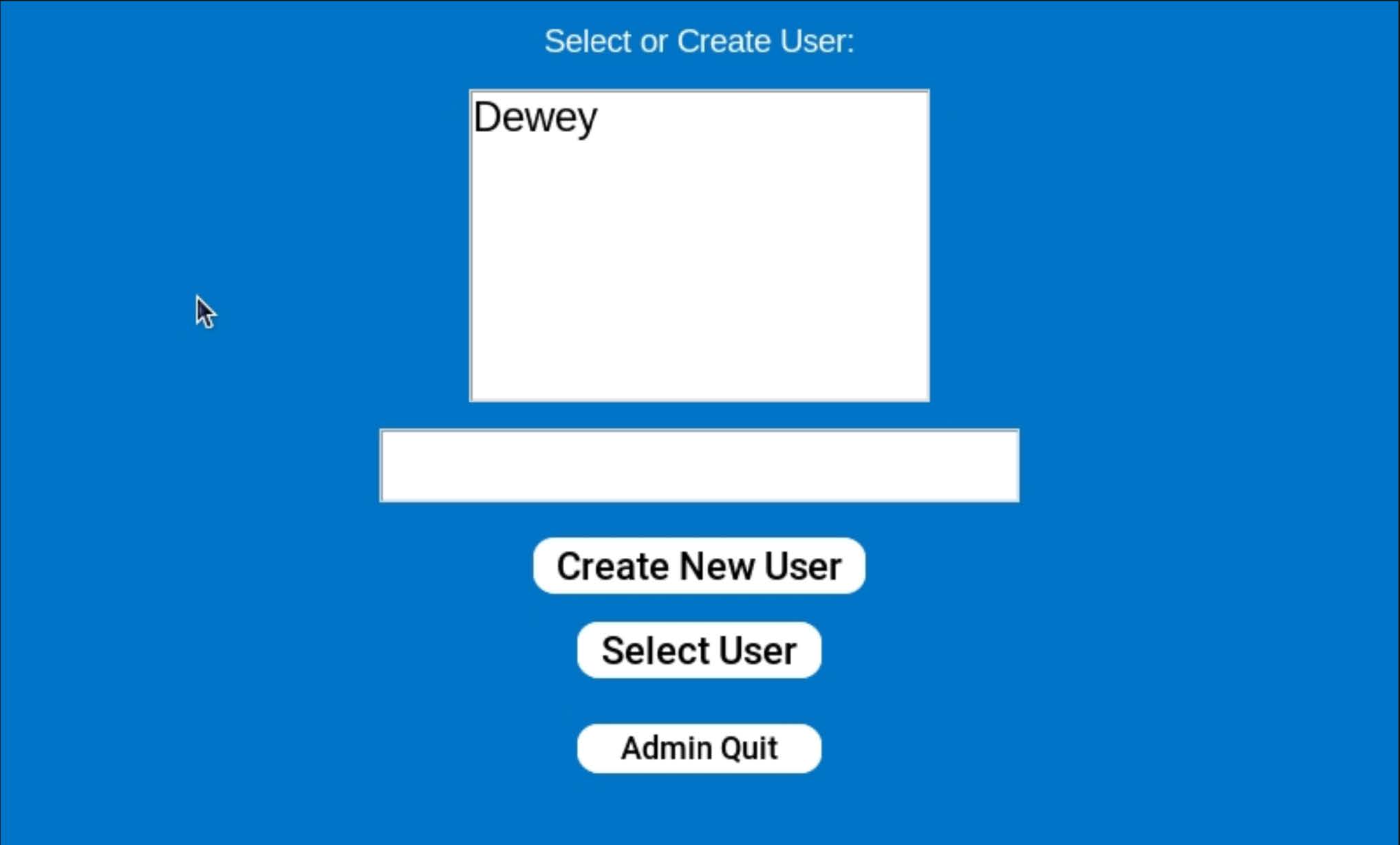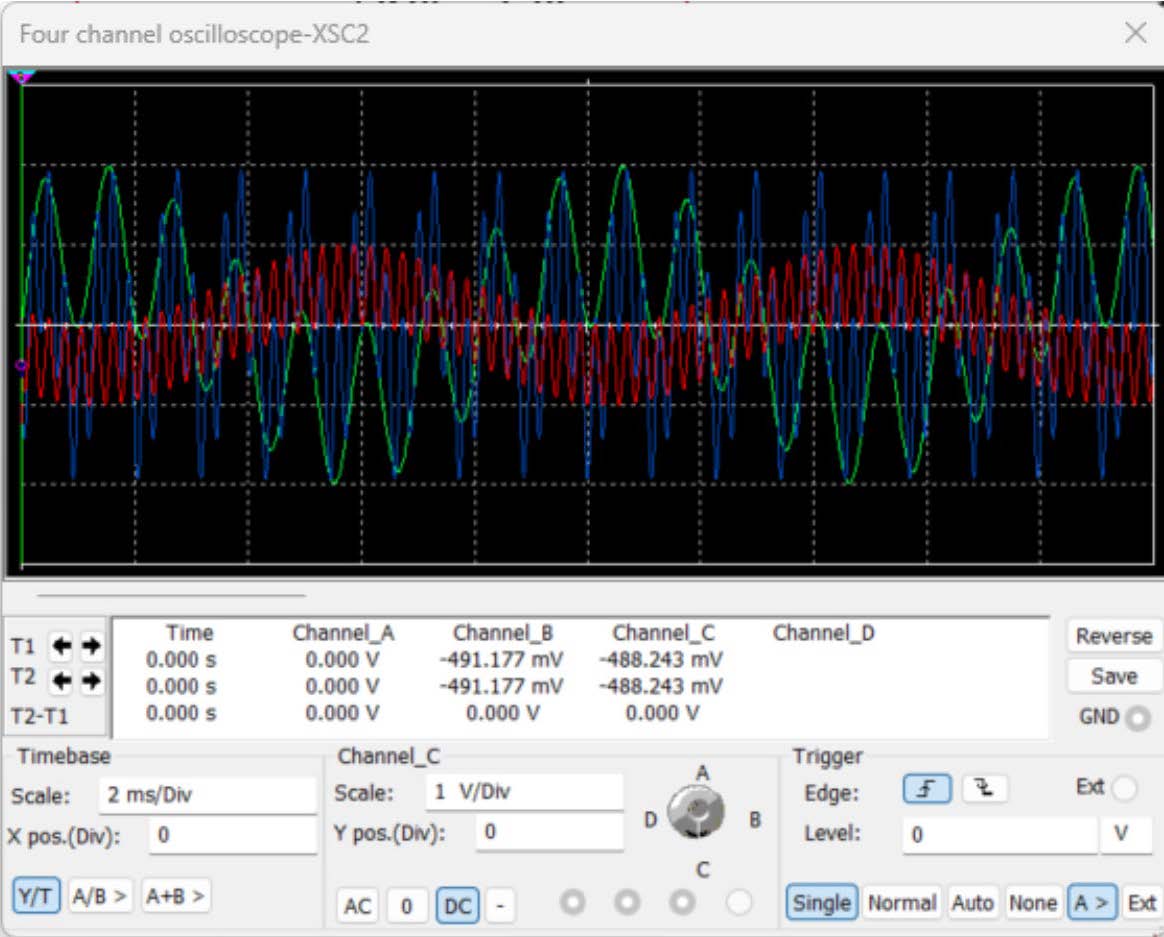3D Stackable Tic-Tac-Toe


Stackable 3D Tic-Tac-Toe (S3DTTT) is a touchscreen, therapeutic system that revolutionizes rehabilitation by combining physical therapy with cognitive therapy through a new 3D Tic-Tac-Toe game. This Raspberry Pi-based device has puzzle guidance, game result tracking, a weight sensor proof of concept for live feedback, and more.

We produced a touchscreen platform on a Raspberry Pi with a responsive and accessible GUI and keyboard input, supporting the local storage of user profiles. From the home screen, users can choose to play puzzles(which include preview images, difficulty categorizations, a numeric complexity index, layer-by-layer instructions, and a timer to log attempts) or play S3DTT (which is a player-vs-player mode focused on cognitive rehabilitation and logs recent results). Progress can be exported as a CSV directly from the app for therapist review. Additionally, we implemented a weight sensor prototype for live feedback.

I co-led a team of five, splitting work across hardware and software. On the hardware side, I designed the 3D parts in SolidWorks, then made machining edits for a small, durable case that holds the Raspberry Pi and screen, and attaches to the physical board, allowing for any level of adjustment. On the programming side, I assisted with building a Python+SQL application and database that allows the application to have accounts/login, profile management, puzzle selection and timing, S3DTTT gameplay logging, and local CSV export for easy analysis. Everything was also structured for future expansion to richer analytics and deeper sensor integration.
This project sharpened my skills all around. I had to meet with the Founder of S3DTTT and hear his vision for the product. I then had to take that vision and make it a reality. This heavily strengthened my communication skills. I then had to design, prototype, and implement physically and virtually while working with a team. This helped me learn more technically while smoothly working and achieving with my team.